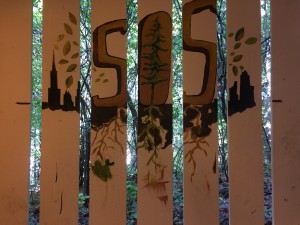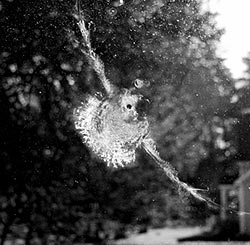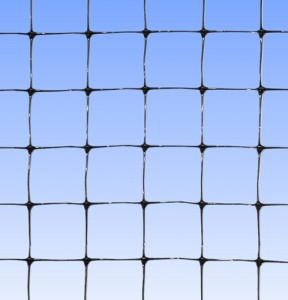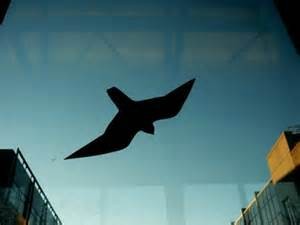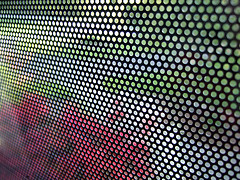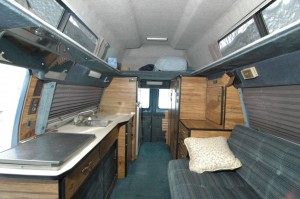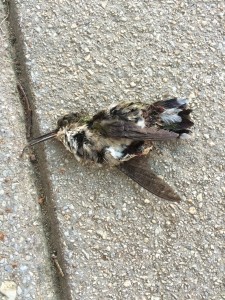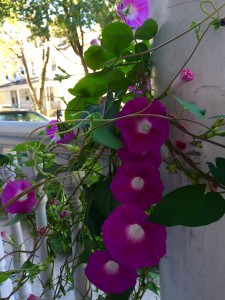This weekend I went to Syracuse University for Family Weekend to visit my sister who is a freshman there. My sister lives in a dorm that is located on a hill above the academic buildings and the library. To allow students an easier route then following the road all the way down to the main part of campus, they have this really long enclosed staircase that students can use to get down to the other buildings. It is really interesting because as you walk down the stairs there is art all over the inside on the walls (and by art I mean street art). As I was going down the stairs I noticed this piece that really stood out to me. Of course I like the idea of the nature and city scene built into the ‘SOS,’ but my favorite part of the piece is that in between the panels you can see the trees and real ‘nature’ in the background. I would love to be able to see this picture in 20 years from now and see what ‘nature’ looks like in the background.
Quotes from this week:
“When I paused to lean on my hoe, these sounds and sights I heard and saw any where in the row, a part of the inexhaustible entertainment which the country offers” (Walden, 173).
“Wilderness gets us in trouble only if we imagine that this experience of wonder and otherness is limited to remote corners of the planet, or that is somehow depends on pristine landscapes we ourselves do not inhabit. Nothing could be more misleading” (Cronin, 88).

